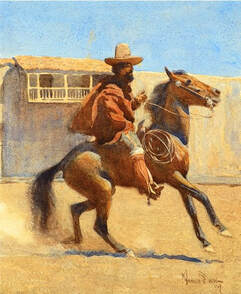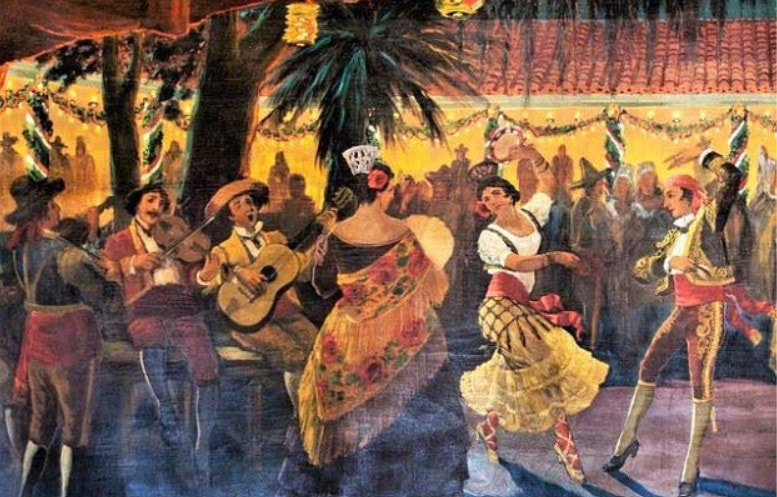The Rancho Era took place between 1769 and 1848. It was a period where the Spanish and Mexican Governments distributed land grants to certain individuals who were loyal to the government, such as Juan Cabrillo. During the Rancho Era, Californios lived off selling cattle products such as hides and tallow. This would make some rancheros and ranch owners quite wealthy. After Mexico gained independence, the rancheros decided to change their name to Californios, because they felt closely connected to their land. The Fandango was a dance that entertained many Californios. These dances could last up to a whole night. When the Americans tried to take over Mexican territory in Texas, the Californios knew they needed to fight back. Using the Old Woman’s Gun, a piece of artillery far superior to the American muskets, the Californios fought and suffered no casualties. Unfortunately, the Californios had to surrender when Commodore Stockton led American troops into Los Angeles and invaded Mexico. Soon, the Californios began to see their land being taken by Americans who arrived for the Gold Rush, despite signing a treaty that recognized their citizenship. The Californios tried to take back their estates, but due to their inability to afford lawyers, they ended up having to sell their ranchos. Although the Californios lost their estates, the Rancho era was nonetheless an era of prosperity and livelihood.



